As organizations reassess their digital workspace strategy for 2026, one question keeps resurfacing: What do IT leaders truly want in a Citrix replacement?
The answer is more complex than simply swapping out one vendor for another. With tightening budgets, hybrid work demands, and rapid innovation in virtualization, CIOs are looking for more than just functional parity; they want flexibility, transparency, and support they can count on.
At Inuvika, we’ve spent years listening to what CIOs, IT directors, and sysadmins really want. Below, we break down the most common expectations and frustrations shared by professionals seeking a smarter alternative to Citrix.
1. “We Need Faster, Easier Deployment: Without Professional Services at Every Turn”
Many CIOs express frustration with the long setup timelines and reliance on third-party consultants for what should be straightforward rollouts. IT teams are leaner now, and they need platforms that don’t require months of planning just to go live.
Inuvika’s take: With our OVD Enterprise platform, we prioritize out-of-the-box simplicity. We enable teams to deploy virtualized applications and desktops quickly across hybrid or cloud environments, without bloated implementation cycles.
2. “Support Shouldn’t Feel Like an Obstacle Course”
One of the most consistent themes we hear from IT leaders is dissatisfaction with support responsiveness. Escalation delays, ticket looping, and vague KB articles erode trust fast.
What they want: Human-centered support from experts who understand virtual workspaces, without forcing customers to navigate through endless tiers.
Inuvika insight: We’ve rethought support by offering real-time escalation, assigned technical contacts, and documentation written with admins in mind.
Explore an Excellent Alternative to Citrix
3. “We’re Done Paying for Features We Don’t Use”
Complex, bundled licensing models are a growing pain point. CIOs want flexible licensing options that match usage, especially as teams shift between on-site and remote work.
Citrix’s model, often criticized for its “named user” restrictions and feature silos, has led many to seek a more cost-efficient alternative.
Our approach: Inuvika offers concurrent user licensing that scales with real usage, not inflated estimates. Transparency matters, especially in today’s ROI-driven environments.
4. “It Has to Work Seamlessly with Azure and Hybrid Setups”
Modern IT teams operate across hybrid infrastructures. Whether you’re running workloads in Azure, on-prem, or across private clouds, a virtual desktop solution must integrate cleanly with existing environments.
What CIOs are asking for: A solution that fits into current architecture without costly vendor lock-in.
How we respond: Inuvika supports a range of deployment models, including cloud-native, hybrid, and on-premises, so you’re never locked into one infrastructure or hyperscaler.
Features like MFA, secure remote gateways, and encrypted sessions are now table stakes for any Citrix replacement. Inuvika builds these into OVD Enterprise out of the box, ensuring hybrid deployments stay secure without extra layers of cost or complexity.
5. “Pass-Through Features Like USB and Printing Shouldn’t Be a Battle”
User experience still matters. IT teams are tired of fighting with USB passthrough, printer redirection, or scanner support every time they push an update.
The ask: A consistent, stable end-user experience that doesn’t require daily troubleshooting.
Inuvika delivers: Full support for USB peripherals, biometrics, and audio/video optimization, all while keeping latency low and user satisfaction high.
6. “We Need a Vendor Who’s Listening, Not Just Selling.”
In the post-Citrix-acquisition era, many CIOs have noted a drop in customer focus. Enterprise buyers are increasingly cautious about partnering with vendors that treat feedback as an afterthought.
The shift: IT leaders want a true partnership, not just a product.
At Inuvika, we invest in user-driven product updates, roadmap input sessions, and transparent communication channels that keep our customers involved, not in the dark.
For organizations working with MSPs and CSPs, multi-tenancy and partner-friendly licensing models are also part of this “listening” equation. Inuvika’s concurrent user subscriptions and white-label options give service providers a way to scale profitably, while still delivering exactly what CIOs expect.
Final Thoughts
The conversation around Citrix replacement isn’t about trends; it’s about trust, support, and usability. Inuvika stands apart by focusing on what IT leaders say they need, not just what we want to sell. If you’re rethinking your digital workspace strategy for 2025, we invite you to explore how Inuvika meets today’s expectations, with tomorrow in mind.
FAQs: What CIOs Are Asking About Citrix Replacements
What is the most common reason organizations replace Citrix?
Most organizations cite complexity, licensing cost, and unreliable support ,since it was moved to a distributor, as their main reasons for looking elsewhere. In 2026, many IT leaders want a platform that’s easier to manage and scales with modern workforce demands.
Are there Citrix replacements that support hybrid or multi-cloud environments?
Yes, several platforms now support hybrid and multi-cloud delivery models. Inuvika’s OVD Enterprise is one such solution, offering flexible deployment on-premises, in private data centers, or on platforms like Microsoft Azure.
How important is support responsiveness in choosing a Citrix alternative?
Extremely important. CIOs consistently report that timely, expert support can make or break their experience. Inuvika offers award winning support. Inuvika prioritizes direct, knowledgeable assistance over tiered ticketing systems.
Can Citrix replacements match the performance and user experience of Citrix?
Yes, many modern alternatives match or exceed Citrix in areas like latency, session stability, and remote access capabilities, often with simpler infrastructure.
What licensing model is best for flexible teams?
Concurrent user licensing is generally more cost-effective for hybrid or fluctuating teams. It enables multiple users to share licenses based on actual usage instead of named accounts.
Do Citrix alternatives support remote peripherals like printers and USB devices?
Leading platforms, including Inuvika, offer seamless support for printers, scanners, webcams, and USB devices, ensuring smooth performance even in remote sessions.
How can I evaluate Citrix replacements effectively?
Build a checklist based on deployment complexity, licensing clarity, support quality, hybrid compatibility, and user experience. Testing platforms through POCs or trial environments can help validate real-world performance.

